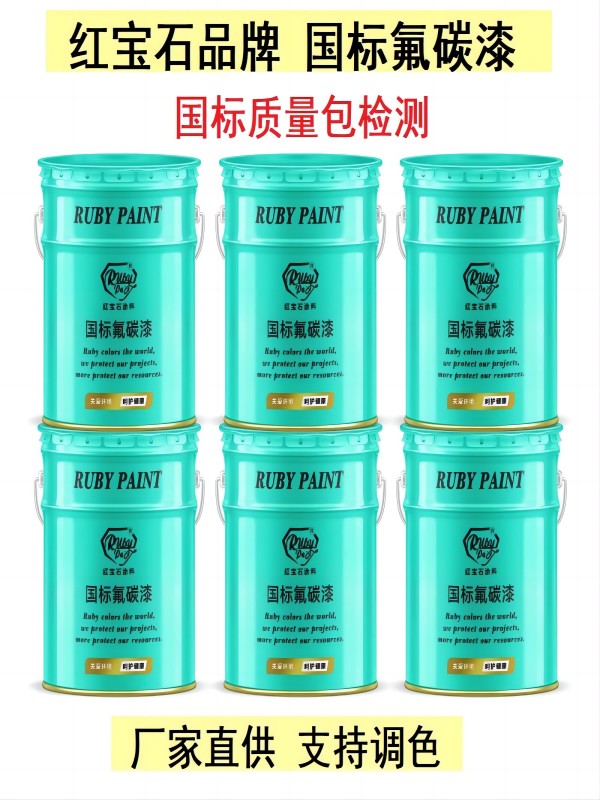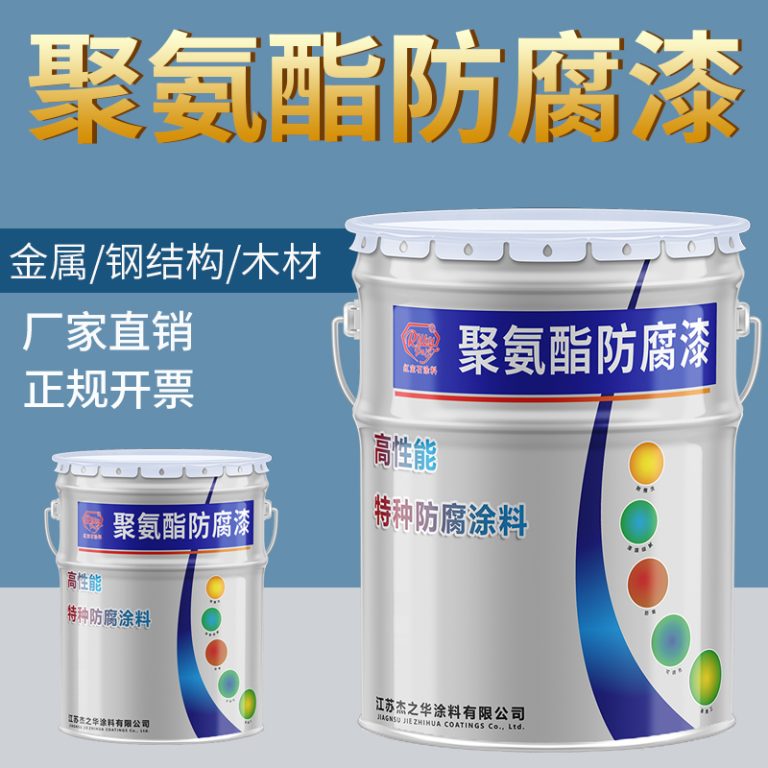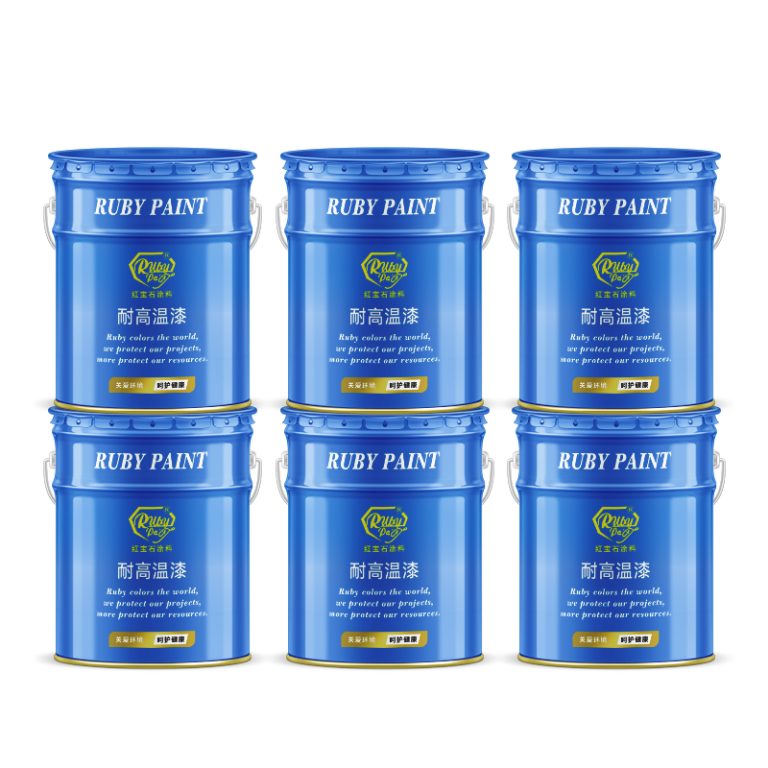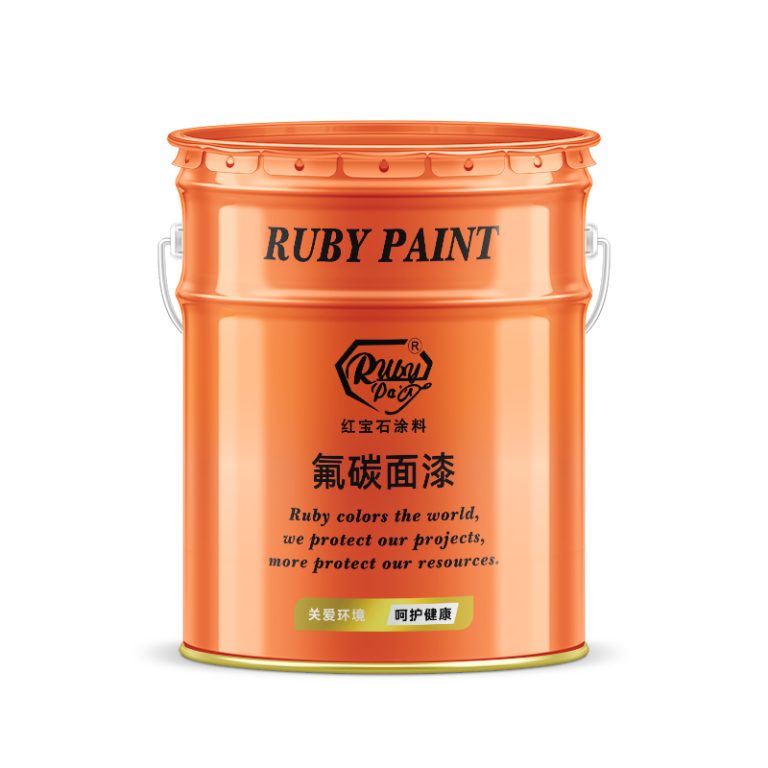Table of Contents
Innovative Formulations: Revolutionizing Industrial Paints for Enhanced Durability
Innovation is the cornerstone of progress, and nowhere is this more evident than in the realm of industrial paint manufacturing. As industries evolve and technology advances, the demand for paints that offer enhanced durability, performance, and environmental sustainability continues to grow. In response to this demand, industrial paint manufacturers are continually pushing the boundaries of what is possible through the development of innovative formulations.
One of the key areas of focus for industrial paint manufacturers is enhancing the durability of their products. In industries such as automotive manufacturing, aerospace, and marine, where exposure to harsh environmental conditions is commonplace, the need for paints that can withstand wear and tear is paramount. To meet this challenge, manufacturers are investing heavily in research and development to create formulations that offer superior resistance to corrosion, abrasion, and UV radiation.
A major breakthrough in the field of industrial paint formulation has been the development of coatings that incorporate nanotechnology. By harnessing the unique properties of nanoparticles, such as their high surface area to volume ratio and exceptional strength, manufacturers have been able to create paints that provide unparalleled protection against a wide range of environmental hazards. These nanocoatings form a highly durable barrier on the surface of substrates, effectively sealing out moisture, chemicals, and other corrosive agents.
Furthermore, nanotechnology has enabled the development of self-healing coatings that have the ability to repair minor damage autonomously. By embedding microcapsules filled with reactive agents into the paint formulation, manufacturers have created coatings that can detect and repair small cracks and scratches before they escalate into more significant issues. This self-healing capability not only prolongs the lifespan of coated surfaces but also reduces maintenance costs and downtime for industrial equipment and infrastructure.
In addition to durability, industrial paint manufacturers are also focusing on enhancing the performance of their products. This includes improving properties such as adhesion, flexibility, and chemical resistance to ensure optimal performance in a variety of operating conditions. Advanced polymer chemistry has played a crucial role in this regard, allowing manufacturers to tailor the properties of their coatings to meet the specific needs of different industries and applications.
Another area of innovation in industrial paint formulation is the development of eco-friendly coatings that minimize environmental impact without compromising performance. With growing concerns about air and water pollution, as well as the need to comply with increasingly stringent regulations, there is a growing demand for paints that are free from volatile organic compounds (VOCs) and other harmful chemicals. Manufacturers are responding to this demand by investing in the research and development of water-based, low-VOC, and solvent-free coatings that offer comparable performance to traditional solvent-based paints.
Furthermore, sustainable sourcing and production practices are becoming increasingly important considerations for industrial paint manufacturers. By using renewable raw materials, optimizing manufacturing processes to minimize waste and energy consumption, and implementing responsible disposal practices, manufacturers can reduce their environmental footprint and contribute to a more sustainable future.
In conclusion, industrial paint manufacturers are at the forefront of innovation, continually pushing the boundaries of what is possible through the development of innovative formulations. By focusing on enhancing durability, performance, and environmental sustainability, manufacturers are meeting the evolving needs of industries around the world. From nanotechnology-enabled coatings to eco-friendly formulations, the future of industrial paints is brighter than ever before.
Sustainability in Manufacturing: How [Company Name] Leads the Industry with Eco-Friendly Paint Solutions
Sustainability in Manufacturing: How [Company Name] Leads the Industry with Eco-Friendly Paint Solutions
In today’s global landscape, the imperative for sustainable practices has become increasingly pronounced across all industries. The manufacturing sector, in particular, faces heightened scrutiny due to its significant environmental footprint. Amidst these challenges, [Company Name] emerges as a beacon of innovation and responsibility, leading the industrial paint manufacturing sector with its commitment to eco-friendly solutions.
At the heart of [Company Name]’s ethos lies a dedication to environmental stewardship without compromising on quality or performance. Through rigorous research and development, [Company Name] has pioneered a range of sustainable paint formulations that not only meet but exceed industry standards.
One of the key pillars of [Company Name]’s sustainable approach is the utilization of eco-friendly raw materials. By sourcing responsibly and prioritizing renewable resources, the company reduces its ecological impact from the outset of the production process. Furthermore, [Company Name] continually explores alternative ingredients and manufacturing techniques to further enhance the sustainability of its products.
In addition to eco-conscious sourcing, [Company Name] places a strong emphasis on energy efficiency throughout its operations. By implementing state-of-the-art technologies and optimizing production processes, the company minimizes energy consumption and greenhouse gas emissions. This commitment to efficiency not only reduces environmental harm but also drives cost savings, ultimately benefitting both the company and the planet.
Furthermore, [Company Name] prioritizes waste reduction and recycling initiatives across its manufacturing facilities. By implementing closed-loop systems and investing in waste-to-energy solutions, the company minimizes landfill waste and maximizes resource utilization. This holistic approach to waste management underscores [Company Name]’s commitment to circular economy principles, wherein materials are reused and recycled to their fullest potential.
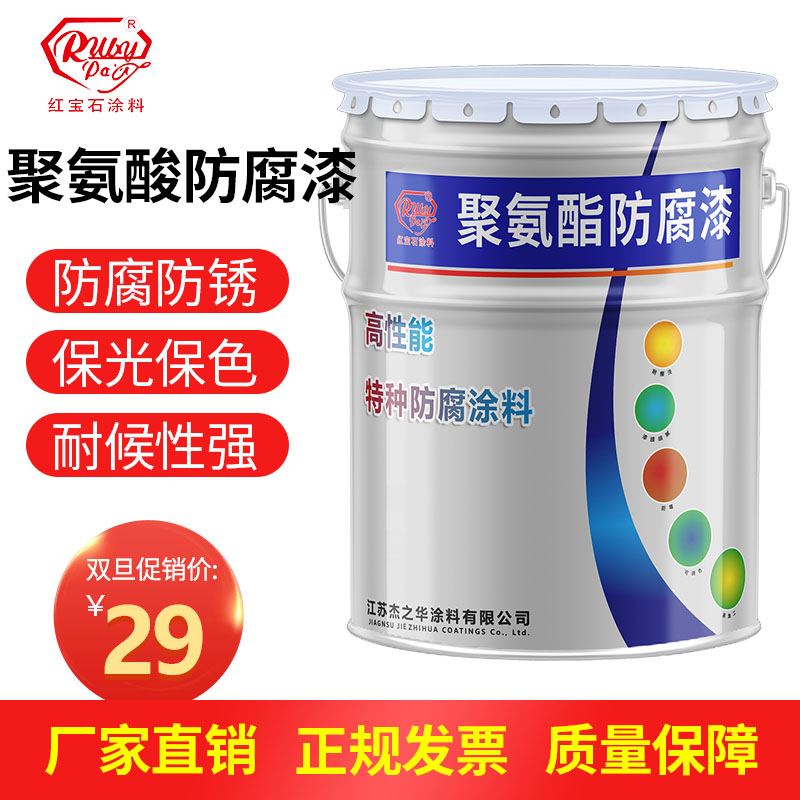
Moreover, [Company Name] takes a proactive stance on environmental compliance and regulation. By adhering to stringent standards and proactively seeking out opportunities for improvement, the company ensures that its operations remain environmentally responsible and socially accountable. This proactive approach not only mitigates risk but also fosters trust and credibility among stakeholders.
Beyond its internal practices, [Company Name] actively engages with industry partners and stakeholders to promote sustainability throughout the value chain. Through collaborative initiatives and knowledge-sharing platforms, the company seeks to drive systemic change and foster a culture of sustainability within the broader manufacturing community.
In conclusion, [Company Name] stands at the forefront of sustainable manufacturing, setting a precedent for the industrial paint industry and beyond. Through its unwavering commitment to eco-friendly solutions, the company not only minimizes its environmental impact but also drives innovation and sets new standards for excellence. As the global demand for sustainability continues to grow, [Company Name] serves as a shining example of how responsible practices can drive business success while safeguarding the planet for future generations.

